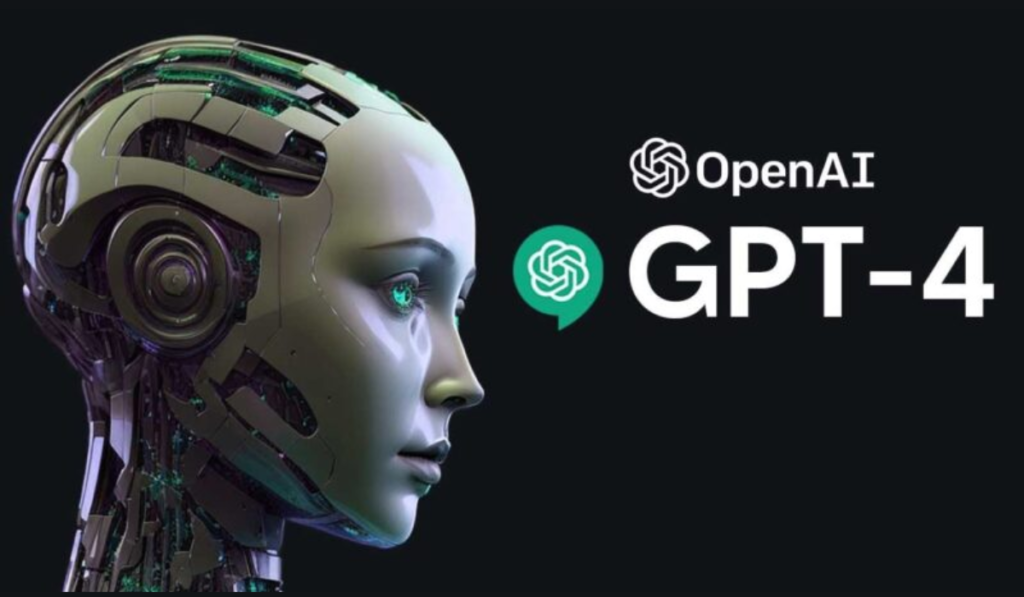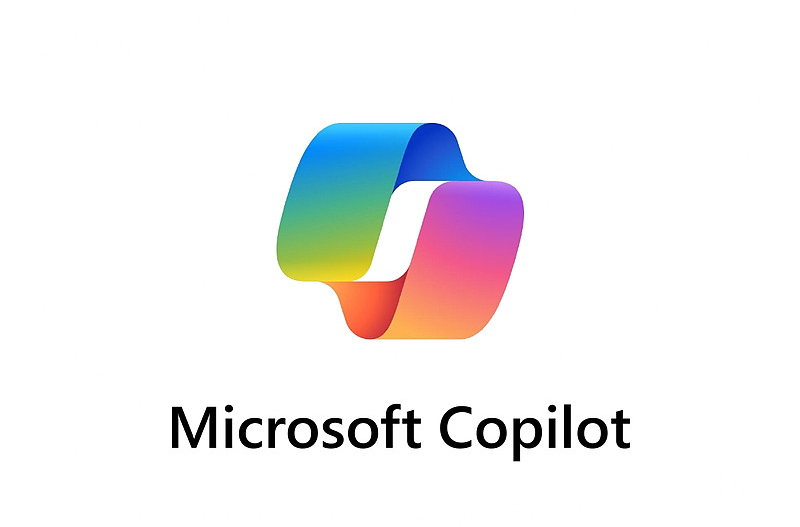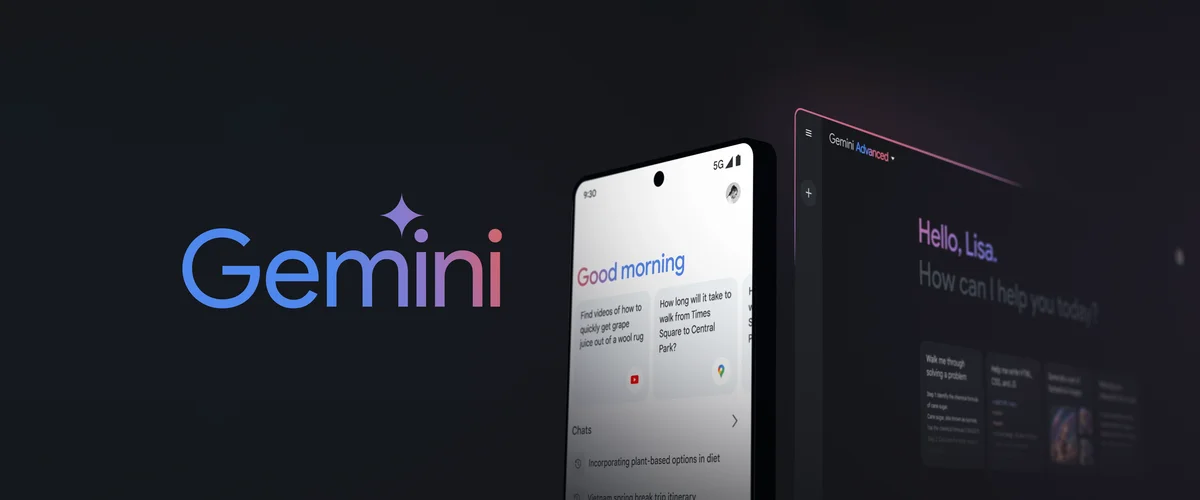Good news for tech enthusiasts! OpenAI has rolled out its state-of-the-art text-generating model, GPT-4, which is now available through its API. For those unfamiliar, an API (Application Programming Interface) is a software intermediary that lets two applications talk to each other. Basically, it’s a technology that developers use to build amazing things.
But hold on! This isn’t your typical text-generating model. Compared to its sibling GPT-3.5, GPT-4 is a definite game-changer as it can take both text and images as input. This marks a huge leap forward as GPT-3.5 was limited to text inputs only. OpenAI promises GPT-4 will perform at the human level across a variety of professional and academic tasks.
What’s even more exciting?
OpenAI has plans to gradually increase the availability of GPT-4, bringing more developers on board, based on available computing power.
While GPT-4’s impressive abilities to generate text (yes, even code!) and understand images might have you jumping out of your seat, remember that this tech is in its early days. Currently, the image-understanding feature is under testing with OpenAI’s partner, Be My Eyes. We don’t have an exact timeline for when it’ll be available to all OpenAI customers, but we’ll definitely keep you posted.
Despite these promising advancements, it’s important to note that GPT-4 isn’t foolproof. Like most AI models, it’s prone to “hallucinating” facts, making reasoning errors, and even introducing security vulnerabilities in the code it generates. And don’t expect it to learn from its mistakes – not yet at least!
In the face of growing competition from rival AI models like Claude from Anthropic, OpenAI is not slowing down. The company plans to allow developers to tweak both GPT-4 and GPT-3.5 Turbo using their own data, which should boost their capabilities even further.
In another significant move, OpenAI has announced that its DALL-E 2 (image-generating model) and Whisper (speech-to-text model) APIs are now generally available. Also, brace yourself for some housekeeping as OpenAI plans to retire older models like GPT-3 and its derivatives starting January 4, 2024, to optimize computing capacity.
But don’t panic if you’re using these old models. OpenAI will support developers in making the transition as smooth as possible and will be reaching out with more information as the new models get ready for testing.
To sum up, OpenAI’s advancements are undoubtedly making waves in the AI world. While the journey to perfecting these technologies is still ongoing, the future certainly looks exciting with AI innovation moving at full throttle! Stay tuned for more updates in this fascinating tech space.




